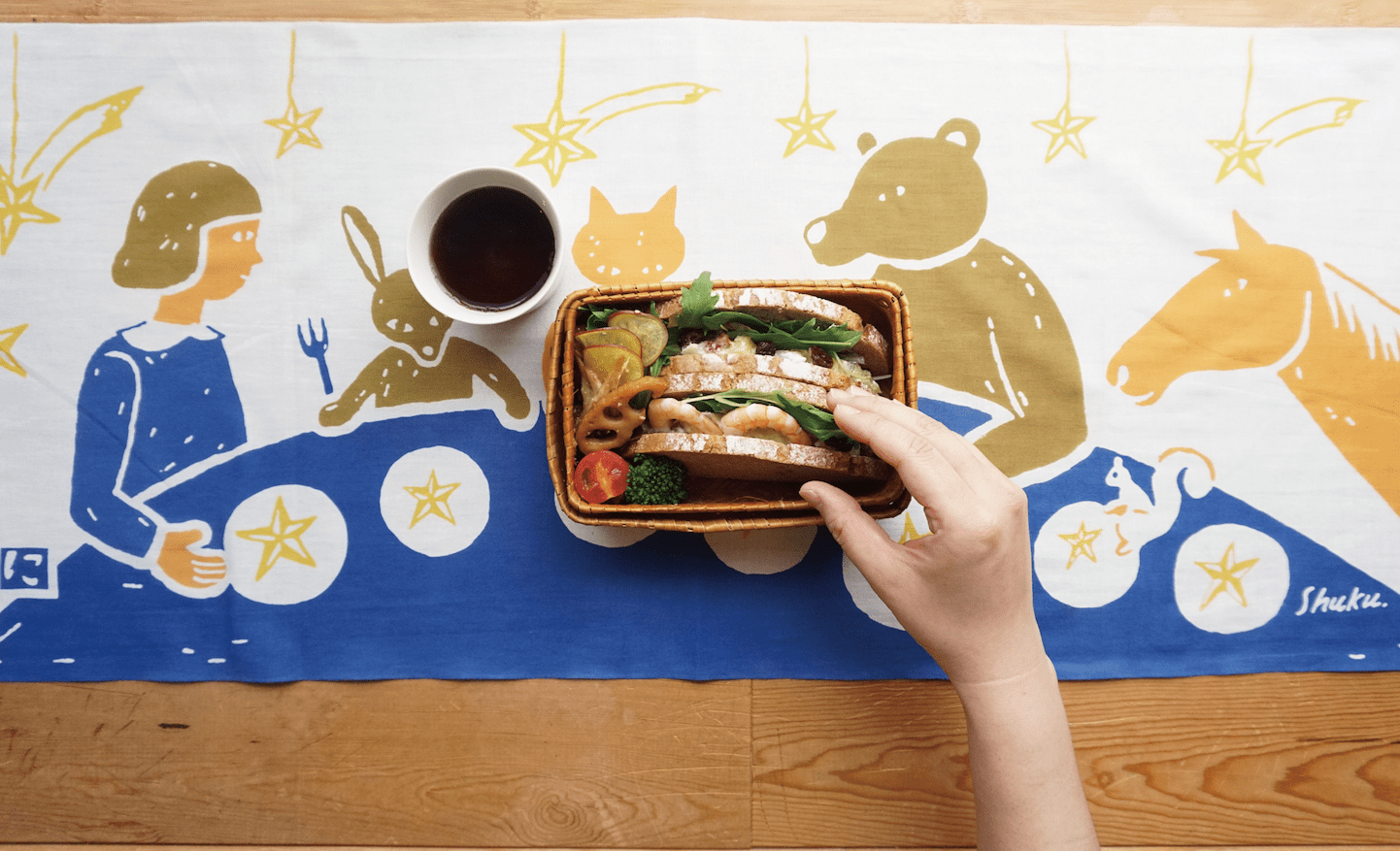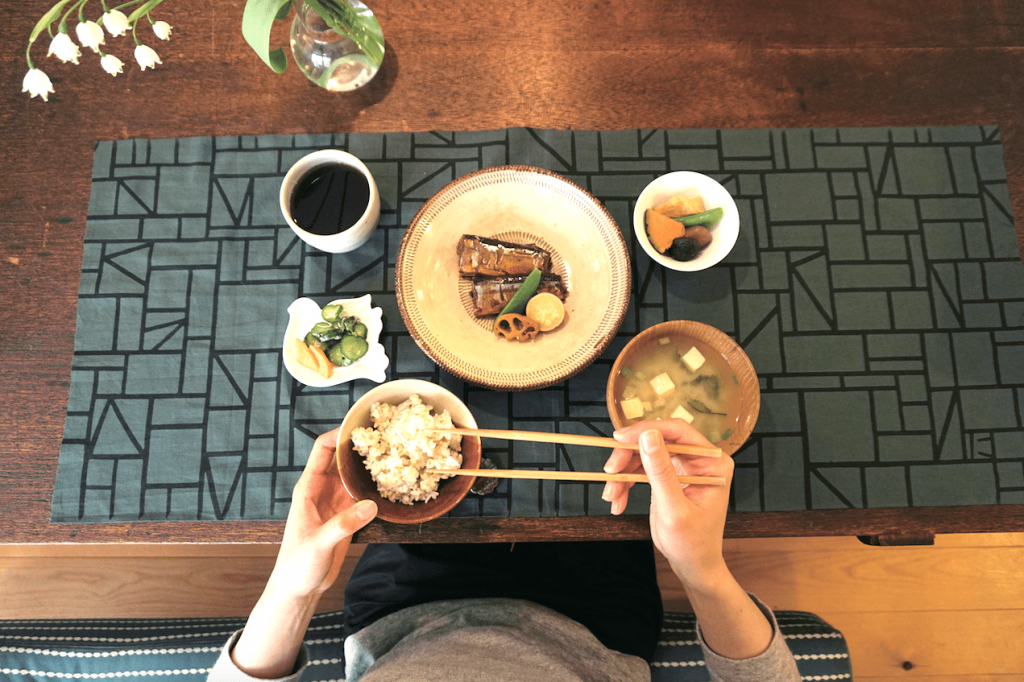March 21 is Tenugui Day, a new “holiday” registered in 2016 as a day of celebration of the versatility of tenugui towels. But what significance does this day have? It’s the day after the Spring Equinox — the day that tells us spring has finally arrived — and it’s in the warmer months that tenugui towels are used the most.
But Hang On, What Are They?
Tenugui towels are plain, woven cotton strips typically 35 cm wide and 90 cm long. They are cut to length without any fancy hems or seams anywhere and are usually dyed with distinctive patterns. Tenugui designs can be printed — a method which offers fine detail, but only on one side. Or, they can be made using a traditional stencil dyeing method called chusen, where artisans literally pour the dye into the cloth. With the chusen method, the dyed pattern is visible on both sides and it’s easier to make the cloth more colorful, as well as create a natural gradation. This particular method is known to truly showcase artisans’ skills and talent at this traditional craft.
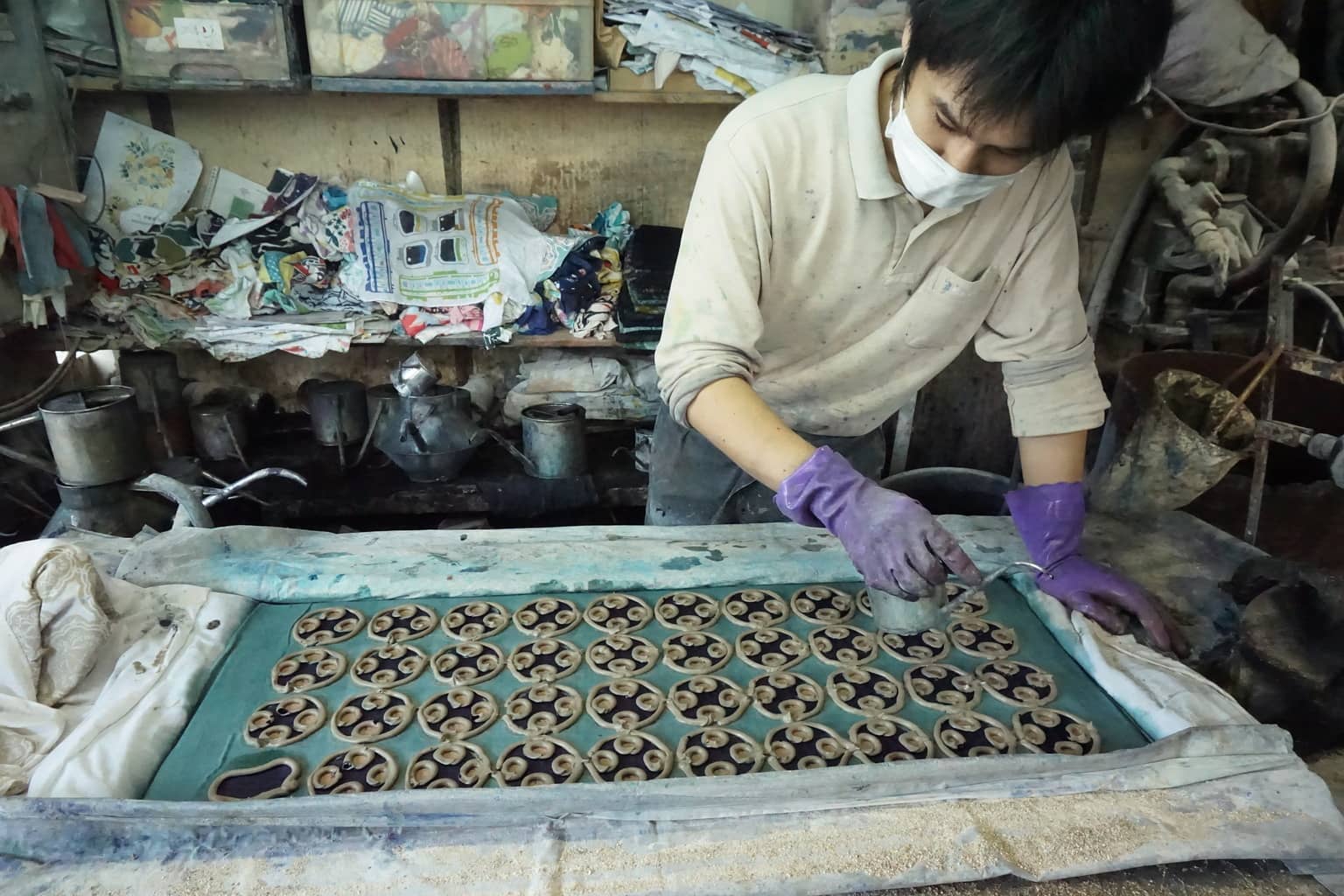
An artisan at Nijiyura dyeing a tenugui cloth
That’s Nice and All, But How Do You Use Them?
Tenugui are believed to have been in use for over 1,000 years, although didn’t gain mainstream popularity until the Edo period. Since then, their traditional uses have been many: as matsuri headbands, handkerchiefs, all-purpose kitchen cloths — even as aprons.
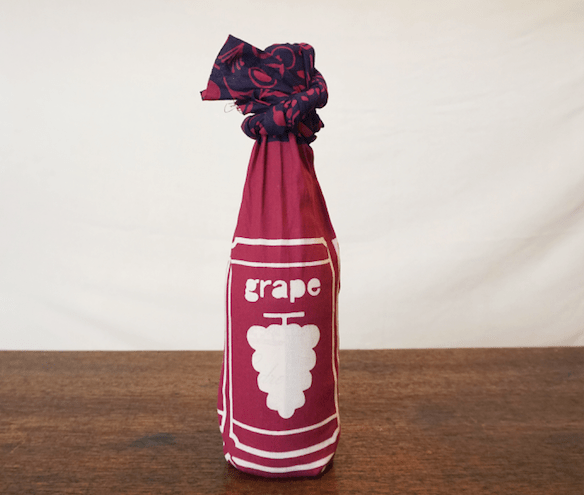
But since they’re so versatile and, in recent years, their designs have become more colorful and elaborate, it seems almost a waste. More recent uses include: as table runners, placemats, scarves, or to wrap presents (especially bottles). Also, since there are so many designs these days — especially seasonal ones — many people simply choose to collect them or use them as decoration in their homes.
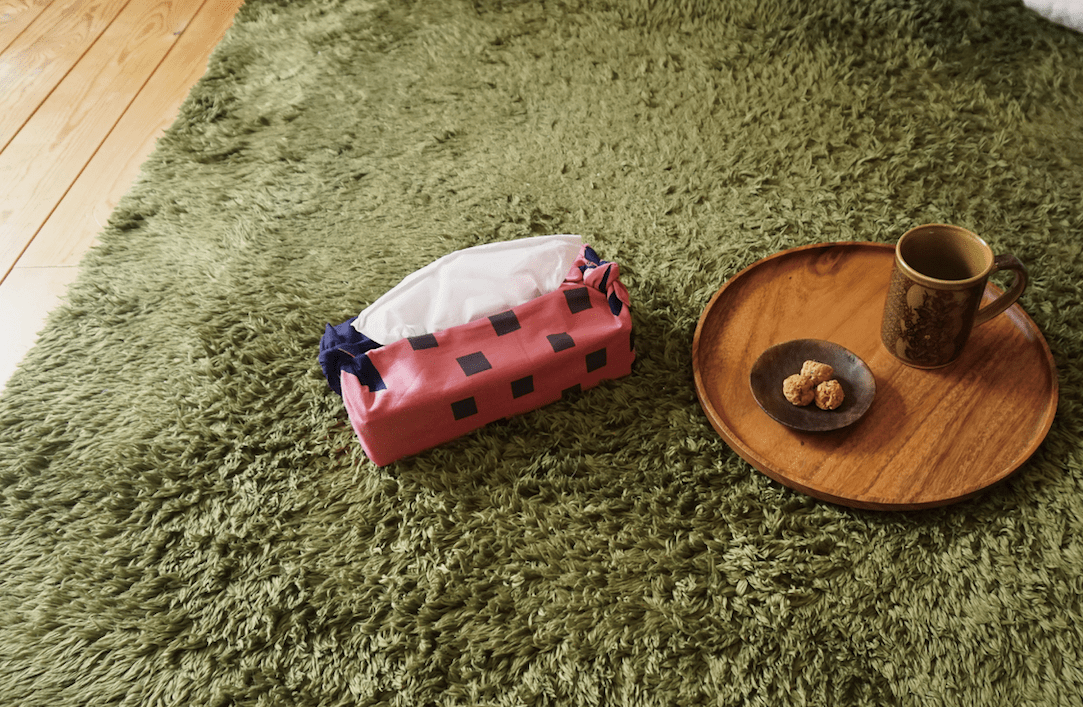
Where Can I Find Them?
You can find tenugui at almost any homeware store, but if you’re looking for a place with an extensive selection, then Nijiyura in 2k540 Aki-Oka is your best bet. There, they display designs using the chusen dye method from roughly 30 different artists, and even have cut-to-measure options, as well as accessories like fans, clothing, and bags. Occasionally, they have in-store dyeing demonstrations where visitors can try dyeing a cloth firsthand.
